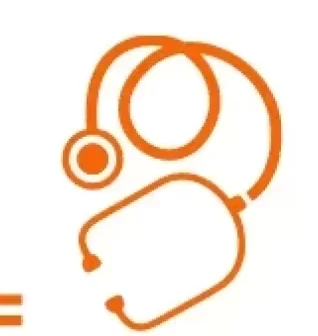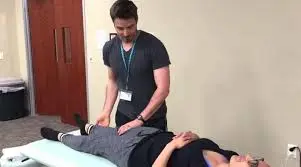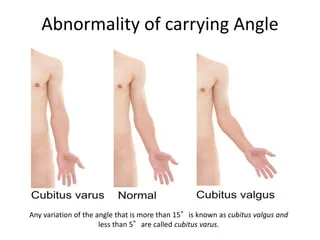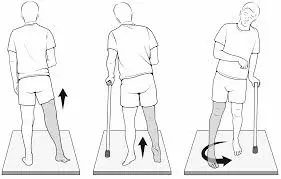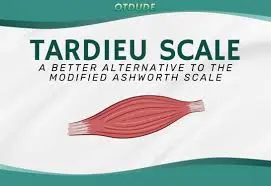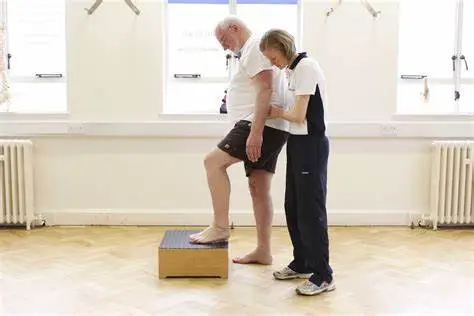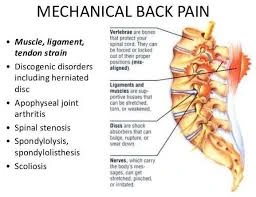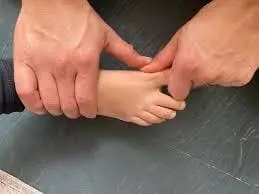Modified Ashworth Scale
Introduction The Modified Ashworth Scale (MAS) is a clinical tool used to assess spasticity in individuals, particularly those with neurological conditions such as stroke, multiple sclerosis, and cerebral palsy. Severe spasticity has a profound effect on a patient’s life, influencing everything from everyday activities to mental health and even financial security. However, spasticity can help…
